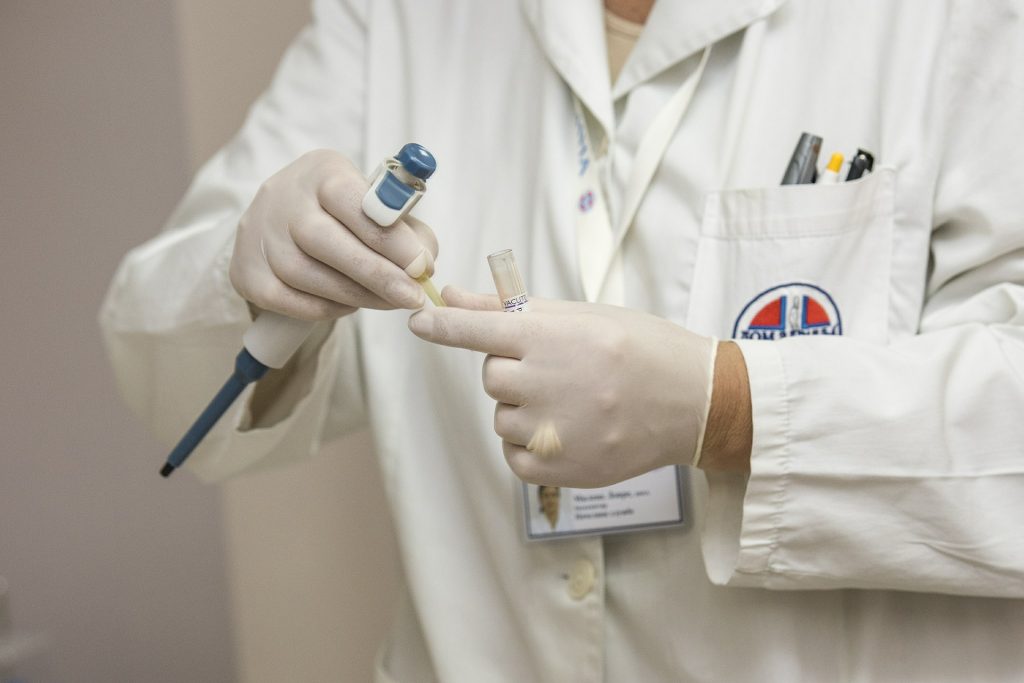 Anyone who is part of the UK health IT community gets used to big statements regularly being made about the digitisation of the NHS.
Anyone who is part of the UK health IT community gets used to big statements regularly being made about the digitisation of the NHS.
Last month, the Secretary of State for Health Jeremy Hunt spoke at the Health and Social Care Innovation Expo in Manchester, and finally set the seal on what the government expects the NHS to do next.
I probably don’t have to tell you about the context; the 2020 paperless NHS target, the NHS’s Five Year Forward View to ‘harness the information revolution,’ and the findings of the Wachter Review into what needs to be done (see here).
What matters now is what the Secretary specifically announced. (This is the main DoH press release)
The new website will also enable patients to download their personal health records to their phone securely
Hunt confirmed there are three broad themes in the current NHS IT plan, which are a renewed focus on interoperable electronic health records, a call for more use of patient-focused digital technology, and another go at care.data – data harvesting and exploitation of NHS information through secondary use of data, transparency and consent.
These themes matter, as they a) gave specifics on what the government expects the NHS to do with IT reform and b) reset some deadlines, most especially the 2020 paperless target, which has been pushed out to 2023 due to Wachter’s intervention.
Most germane for CCIOs is what NHS England, and more crucially NHS Digital (the old HSCIC), sees as its role in the post-Wachter regime. NHS England lists the following as the most important outcomes of Hunt’s September speech as the Exemplars, the opening up of official NHS apps and a major refresh of the main NHS website: “NHS Choices website will be relaunched as NHS.UK with a wider range of online patient services, including the ability to register with a GP, book appointments, and order and track prescriptions all in one place. The new website will also enable patients to download their personal health records to their phone securely, giving them instant access to important healthcare information, such as prescriptions and test results” (see here).
Now, a lot of this is outside what most Trusts will have to immediately worry about. But there were absolutely some things that will concern them. Consider this:
“Instant access to personal health records online – inspired by the ‘blue button’ app in the US, the new NHS.UK site will also enable patients to securely download their personal health records, giving them instant access to important healthcare information, such as prescriptions and test results.”
and this:
“More interactive, local information about the performance of health services – from today, the MyNHS website will give better data on how NHS services are performing across dementia, diabetes and learning disability services. Maternity, cancer and mental health data will follow later this year. In future, the revamped site will also include maps, graphs and tools so that patients can see how the performance of their local services has changed over time.”
The central role at local level of the IDCR to make this data-driven NHS work
The keyword for the NHS IT leader of today is data.
The Secretary says there is £4bn available now to digitize the NHS along these lines.
That data, however, is useless unless it is made interoperable and securely shareable.
Which is where our attention has been focused, with our work on helping draw up realistic roadmaps for helping health and social care organisations deploy Integrated Digital Care Records (see here).
So to sum up, this is the SynApps view:
Manchester was where the blue touch paper was lit for the next phase of IT innovation in the NHS.
Data is central.
And the IDCR is going to be a key way to deliver against all of this.
I encourage any NHS IT team to get in touch – and let’s see how we can help you make all of this a reality at your local and regional level.
Gary Britnell
SynApps Solutions Healthcare Business

